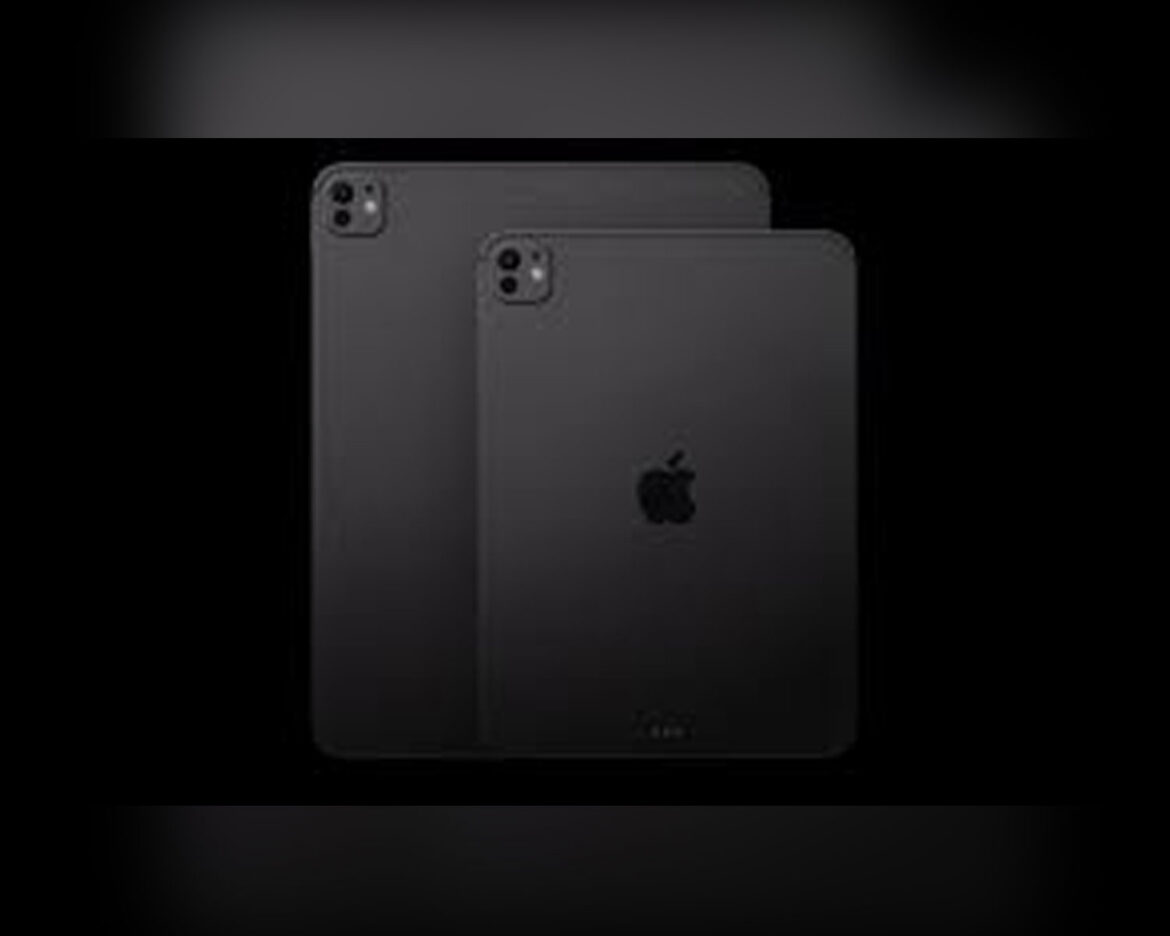Body:
In the ever-evolving landscape of tech preferences, Apple users have long been accustomed to the iconic logo adorning their devices. However, as the usage patterns of iPads shift towards a more laptop-like experience, the orientation of that familiar emblem may soon follow suit.
Originally designed with portrait orientation in mind, iPads have witnessed a remarkable transformation over the years, morphing into versatile gadgets capable of catering to various user preferences. With accessories like the Magic Keyboard facilitating horizontal usage akin to traditional laptops, the once “upside-down” Apple logo has sparked discussions about potential reorientation.
In a recent interview, Apple designer Molly Anderson hinted at the possibility of a logo adjustment. Responding to inquiries regarding the logo’s orientation in landscape mode, Anderson cryptically stated, “This could change,” acknowledging the burgeoning preference for landscape usage among consumers.
The implications of such a shift extend beyond mere aesthetics. Aligning the iPad’s logo with its landscape orientation would not only cater to user habits but also symbolize a strategic alignment with Apple’s MacBook lineup, further blurring the lines between tablets and laptops.
This speculation gains traction against the backdrop of recent hardware and software updates. The 10th generation iPad, launched in 2022, notably repositioned the camera to optimize landscape usage. This trend continued with subsequent releases, such as the M2 iPad Air and M4 iPad Pro, signaling Apple’s acknowledgment of evolving user behaviors.
Furthermore, the alignment of the boot-up Apple logo with the device’s orientation since iPadOS 14.5 hints at a broader commitment to consistency and user experience.
While a logo reorientation may seem like a cosmetic adjustment, its significance lies in its representation of the iPad’s evolving identity. As Apple navigates the intersection of innovation and user preference, the potential logo flip serves as a symbol of the iPad’s adaptability and its seamless integration into users’ daily lives.



